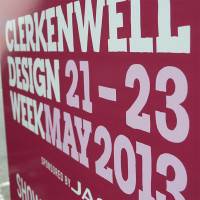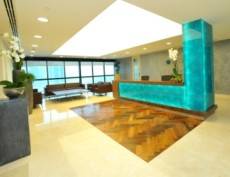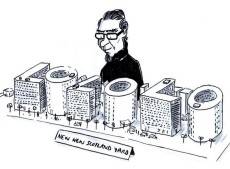June 4, 2013
Facebook shares details of New York office design by Frank Gehry
Facebook has announced details of its new headquarters in New York. The social media giant has signed a ten year lease on a 100,00 sq. ft. space over two floors of a building on Broadway. The office design will be carried out by no less a figure than Frank Gehry who is already masterminding the development of the company’s global HQ in California. From next year, the new building will be home to Facebook’s regional engineering, design, sales and marketing functions who will move from the current office on Madison Avenue to the new site which is reportedly on the fringes of Manhattan’s ‘Silicon Alley’. The new building dates from 1906 when it was designed as a department store. It is already home to AOL and the Huffington Post.



















May 28, 2013
Are these the world’s most spectacular corporate buildings?
by Mark Eltringham • Architecture, Comment
BMW Welt
Building data provider Emporis has issued a list of 16 of what it calls the World’s Most Spectacular Corporate Buildings. The list is intended to show how firms use architecture to convey their identity and to impress anybody viewing their supposedly imposing corporate edifices. The Germany based firm claims the list was compiled by a jury of buildings experts from around the world who considered a range of factors and included buildings from all kinds of industries. Even so, the list is far from subtle with not even an attempt at lip service paid to the esoteric or surprising. It is dominated instead by glamorous blue chip businesses and buildings that are tall, designed by renowned architects or literal reflections of each company’s business. (more…)